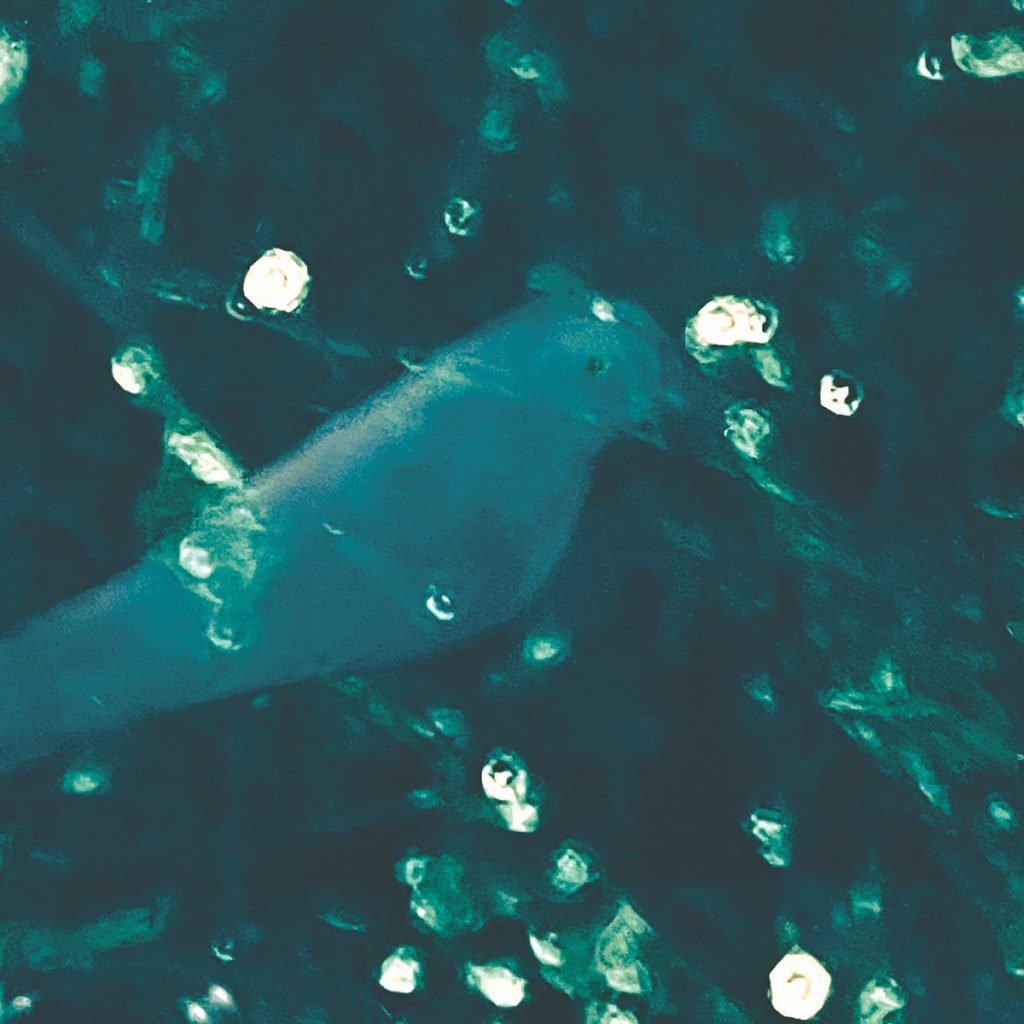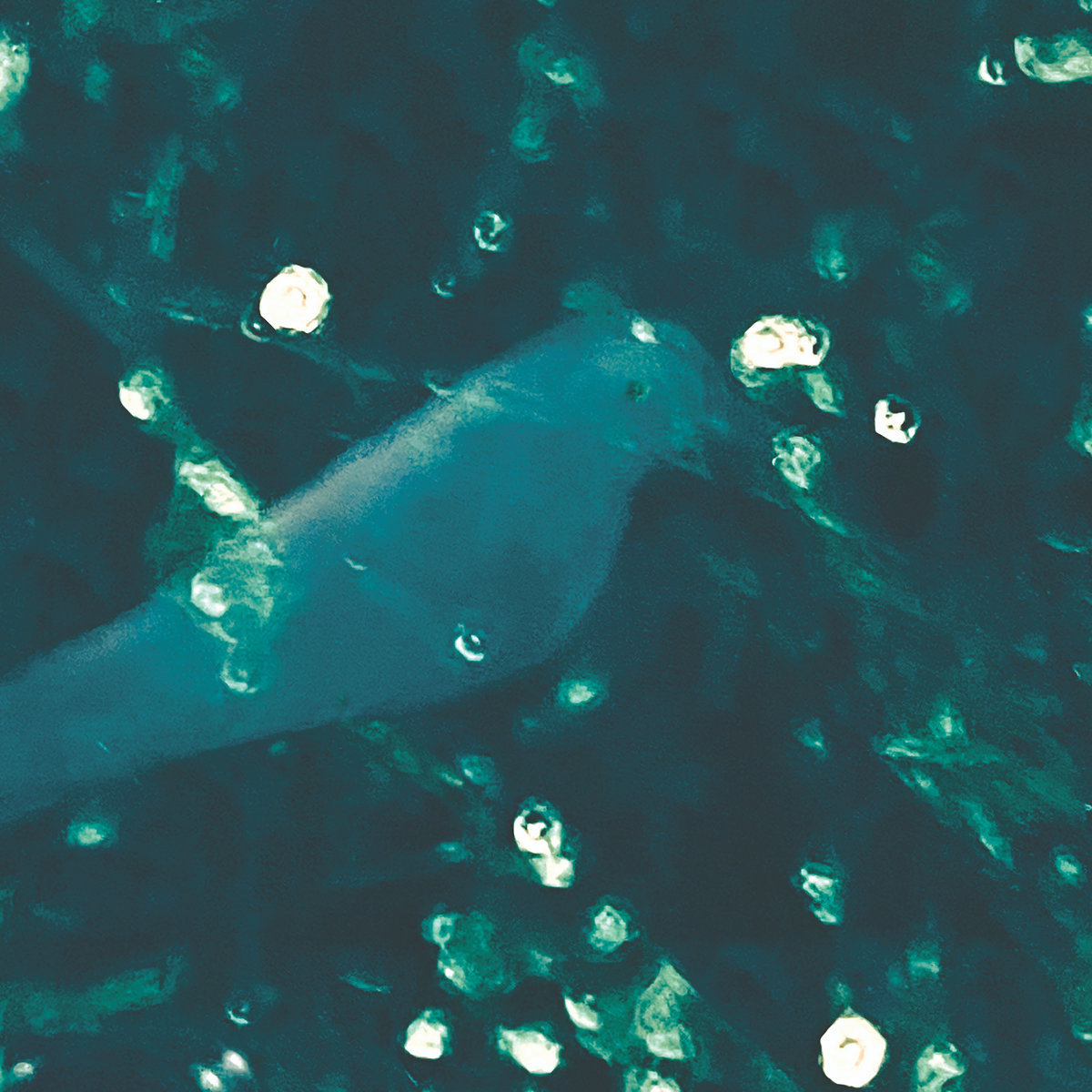
The phrase “for the birds” is often applied dismissively. But if you said it to Doug Wieselman’s face, he might tell you that he is, in fact, just that. At home and on the road, he likes to record their songs. And since Wieselman is a session man, theater musician, soundtrack composer and longtime sideman for the likes of Lou Reed, Iron & Wine, Laurie Anderson, Cibo Matto, the Lounge Lizards and Anohni, he has gotten around over the years.
When working for others, the multi-instrumentalist (clarinet, flutes, saxophones, banjo, guitar, piano, electronics) is adept at giving folks what they need. But when he composes for himself, Wieselman tunes into the influences of the natural world. Previously, he’s composed music influenced by the rhythms of water. For WA-Zoh, Wieselman found inspiration in his collection of avian field recordings. Each of its eight tracks is named after a location, and the music for each is derived from birds he recorded there. Either by transcribing and recomposing or by sampling and manipulating them, Wieselman developed music from their songs.
It’s a testament to Wieselman’s imagination that his compositions often evoke mind’s-eye pictures quite at odds with the locations from which they were derived. The dense chatter and background surges of “Brooklyn 1,” for example, bring to mind some scenario played out on the banks of a tropical river. The accumulation of short loops on “Luxembourg 1” evoke something that a young Terry Riley might’ve fashioned if he could’ve convinced doves to sing for him instead of having to play his own saxophone into a tape recorder. And with its chopped-up coos, subliminal woodwinds and scattered echoes, “Fourviere” sounds like a dub-wise remix of Luc Ferrari.
While each track on WA-Zoh has a distinct vibe, they converge to suggest a crepuscular rift in the time-space continuum that’ll turn a bit of twilight bird watching in the local park into a wondrous stroll through another dimension.
—Bill Meyer







